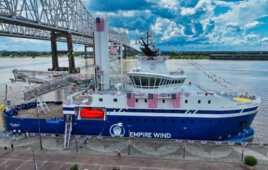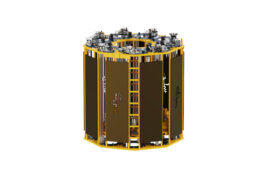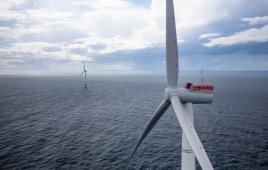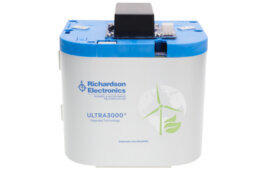Canadian optimization software company, Clir Renewables, has released its latest artificial intelligence (AI) feature. The Clir AI platform has evolved to learn how to identify anomalies in component temperatures to detect failure at an earlier stage.
Maintenance budgets for wind farms account for the majority of associated OPEX. These planned budgets can be shattered if unexpected repair is required due to a component failure. Increased expenditure is not the only cost involved with unexpected failures.

Replacing components in a wind turbine is a costly procedure, particularly if unexpected or required urgently. However, it can be avoided or planned for by on-going monitoring of temperatures, according to Clir Renewables.
When a failure occurs, the turbine can be out of operation anywhere from a few days to a few weeks, dependent on sourcing replacement parts or required machinery in a quick timeframe. This downtime can result in large quantities of lost energy generation.
The question is, can you predict and prevent component failure? The answer is yes. Clir AI can learn temperature behavior in the context of the real world operational environment anomalies or trends that could be used to identify when a component is operating at higher than expected temperatures under certain conditions like increased loads. Once identified this information allows owners and operators to assess components for signs of degradation which if ignored could lead to catastrophic failure.
Clir AI can remove some of the unknowns around unexpected failures by creating actions for the owner or operator to investigate the turbine further. The challenge for wind farm owners is the amount of data and its context. Simple peer-to-peer trending or other limited algorithms have shown time and time in our industry to frequently lead to false positives that cost owners money and impact confidence and trust in data analytics platforms.
This type of detection is difficult: turbine components heat up and cool down in different ways. Inconsistent measurement instruments between components and temperature are often driven by the conditions leading to a moment in time rather than specific live conditions.
“We really wanted to focus on building detection that has limited false positives, so the tool isn’t wasting peoples’ time while maximizing the benefit of early fault detection,” says Clir CEO Gareth Brown. “The approach maximizes the use of the data to drive improved performance, and crucially it can be scaled across all turbine technologies and as components are upgraded or replaced.”
Clir AI puts the data in context and takes into account a variety of factors including, but not limited to, service information, ambient temperature, rotor speed, ramping up and down, and seasonal variations. Based on all of this information, Clir AI learns a model of the behavior pattern for the turbine. If the temperature varies outside the probabilistic range, the system creates events and actions on the system. It reports multiple grades of severity, based on how much the trend deviates from the expected behaviour and learned failure models in the turbine.
As an independent system, Clir seamlessly integrates this detector with its other features, providing a multitude of information and actionable insights in one place.
“It’s exciting to see when we take deep domain expertise and apply the latest and greatest AI techniques what we achieve,” added Brown.
Filed Under: News, Software



